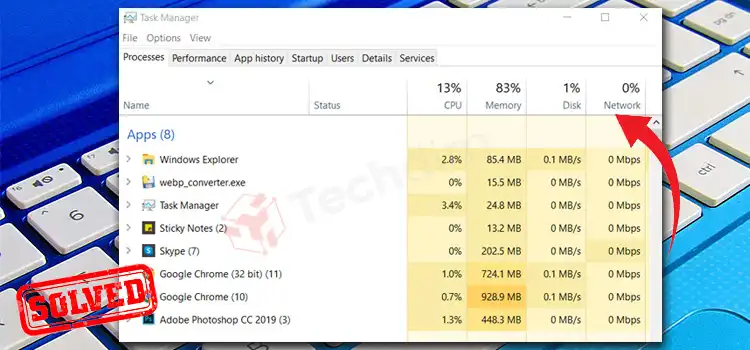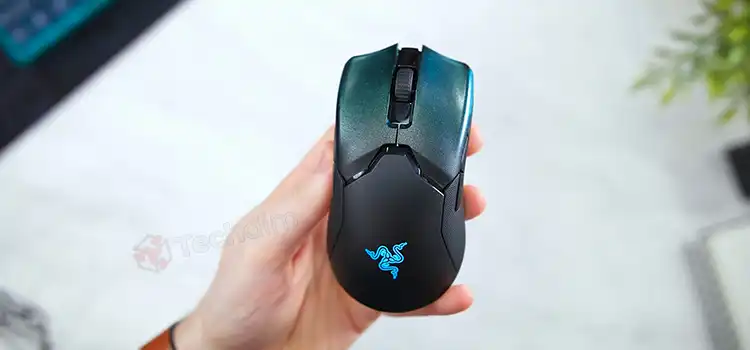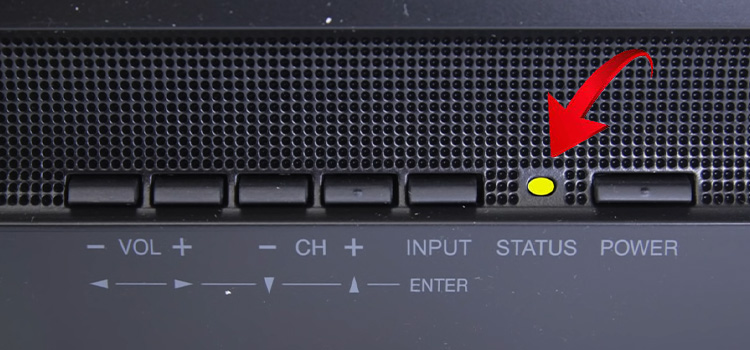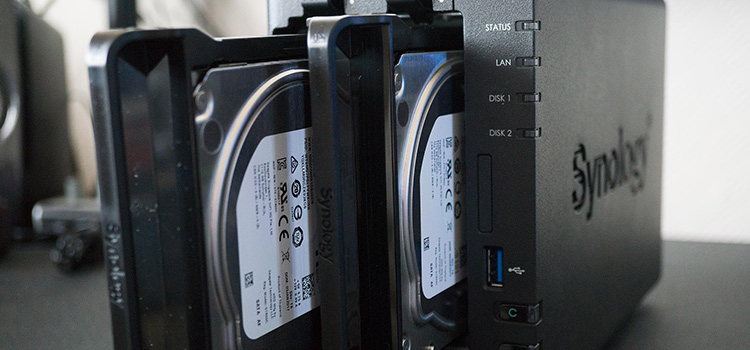LG 32GK650F-B vs LG 32GN650-B | Full Comparison
The 32-inch 1440p gaming monitor market is filled with great options from brands like LG. Two models that stand out are the LG 32GK650F-B and LG 32GN650-B which share very similar specifications and features.
But some key differences between these monitors are worth examining to see which is better suited for your needs. In this comparison, I’ll look at the differences in refresh rate, adaptive sync, HDR support, connectivity, response times, color gamut, etc. between the LG 32GK650F-B and LG 32GN650-B.

Side-by-Side Differences Between LG 32GK650F-B and LG 32GN650-B
Although they have nearly the same configuration, there are some differences between them in certain areas such as adaptive sync technology, swivel angle, color gamut, surface treatment, screen size, response time, refresh rate, special features, and so on.
Awin
Color Gamut
Color gamut refers to the range of colors that a display can reproduce. A wider color gamut means that the display can reproduce a more accurate and vibrant representation of colors, which is important for both creative professionals and gamers.
The LG 32GN650-B has a wider color gamut of sRGB 95%, which means it can reproduce a more accurate and vibrant representation of colors than the LG 32GK650F-B with its NTSC 72% color gamut. This is better for both creative professionals and gamers who want to see the most accurate and realistic colors possible.
Screen Size
Screen size refers to the diagonal measurement of the display. A larger screen size provides a more immersive viewing experience, while a smaller screen size is more compact and portable.
The LG 32GK650-B has a larger screen size of 32”, while the LG 32GN650-B has a slightly smaller screen size of 31.5”. This is a personal preference, as some users may prefer the larger screen size for a more immersive viewing experience, while others may prefer the smaller screen size for its portability.
Response Time
Response time refers to the amount of time it takes for a pixel to change from one color to another. A faster response time means that there will be less ghosting or blurring during motion, which is important for gamers who want to see clear and sharp images even during fast-paced action.
LG 32GK650F-B: 5ms (Faster), 1ms with MBR
LG 32GN650-B: 5ms (GtG at Faster), 1ms MBR
| Option | Pros | Cons |
| 5ms faster | Faster overall response time | May not be as effective at reducing motion blur and ghosting |
| 5ms GtG at faster | More effective at reducing motion blur and ghosting | May not have the fastest overall response time |
Surface Treatment
Surface treatment refers to the coating on the display. A matte surface treatment is designed to reduce glare, while a glossy surface treatment is designed to provide a more vibrant image.
LG 32GK650F-B: 3H, Anti-Glare
LG 32GN650-B: Anti-Glare
Both monitors have an anti-glare surface treatment, which is designed to reduce glare and reflections. However, LG 32GK650F-B has 3H, Anti-Glare. Compared to LG 32GN650-B, LG 32GN650F-B has better surface treatment as 3H is more effective than normal anti-glare.
Adaptive Sync
Adaptive sync is a technology that helps to synchronize the refresh rate of the display with the frame rate of the graphics card. This helps to reduce screen tearing, which is a visual artifact that can occur when the refresh rate of the display and the frame rate of the graphics card are not synchronized.
Both monitors support adaptive sync, but the LG 32GN650-B supports AMD FreeSync Premium, which is a newer and more advanced version of adaptive sync that offers wider compatibility and lower latency.
Also, AMD FreeSync can work with both NVIDIA and AMD graphics, whereas Radeon FreeSync only works when you are using AMD graphics. So, to get GPU support with LG 32GK650F-B, you will need to have a GPU from AMD.
Refresh Rate
Refresh rate refers to the number of times per second that the display can update the image. A higher refresh rate means that the image will be smoother and more fluid, which is important for gamers who want to see clear and sharp images during fast-paced action.
The LG 32GN650-B has a higher refresh rate of 165 Hz, while the LG 32GK650F-B has a refresh rate of 144 Hz. This is better for gamers who want to see the most smooth and fluid images possible during fast-paced action.
HDR10
HDR10 is a high dynamic range standard that allows for a wider range of colors and contrast than standard dynamic range (SDR). This can result in a more immersive viewing experience, with brighter highlights and darker blacks.
Between K650F and N650, N650 has HDR10, which means, it offers a wider color gamut, higher contrast ratio, greater detail, reduced eye strain, and a better gaming experience.
Display Port Version
The LG 32GK650F-B comes with DisplayPort version 1.2 whereas the LG 32GN650-B comes with 1.4! For high-resolution, high-refresh-rate gaming monitors, DP 1.4 is the better choice. DP 1.4 has a much higher maximum bandwidth of 32.4 Gbps compared to 17.28 Gbps on DP 1.2. This allows DP 1.4 to handle higher resolutions, refresh rates, HDR, and color depths. It’s a huge upgrade over DP 1.2 and enables much higher display performance.
Swivel Angle
LG 32GK650F-B comes with a -20~20° swivel angle whereas LG 32GN650-B doesn’t have any swivel angle.
Swivel allows you to easily adjust the viewing angle of the monitor without having to move the entire base. It provides flexibility in positioning the display for ergonomic comfort or to show content to others in the room.
A wider swivel range like 20° or greater in each direction provides more adjustment flexibility. Monitors without swivel (N/A) have a fixed viewing angle based on the initial positioning of the stand.
Swivel capability is especially useful on monitors with height-adjustable stands. Tilting and height adjusting a display with a swivel allows you to position the monitor fully optimized for your preferred viewing angle in both height and horizontal orientation.
Summary
| Parameters | LG 32GK650F-B | LG 32GN650-B |
| Color Gamut | NTSC 72% | sRGB 95% |
| Screen Size | 32” | 31.5” |
| Response Time | 5ms (Faster) 1ms with Motion Blur Reduction | 5ms (GtG at Faster), 1ms MBR |
| Surface Treatment | 3H, Anti-Glare | Anti-Glare |
| Adaptive Sync | Radeon FreeSync | AMD FreeSync |
| Refresh Rate | 144 | 165 |
| HDR10 | No | Yes |
| Display Port Version | 1.2 | 1.4 |
| Swivel Angle | -20~20° | N/A |
Similarities Between These Two Monitors
Apart from the differences, these monitors have so many things in common. If you check out the aspect ratio, brightness, color depth, contrast ratio, panel type, pixel pitch, viewing angle, and resolution, you will find that all of them are the same for these two monitors.
| Specifications | Value |
| Aspect Ratio | 16:9 |
| Brightness | 350cd (Typ.) |
| Color Depth | 167M colors |
| Contrast Ratio | 3000:1 |
| Display Type | VA |
| Pixel Pitch | 0.2745 x 0.2745 mm |
| Resolution | 2560 x 1440 |
| Viewing Angle | 178/178 |
Which One is Ideal to Buy?
The LG 32GN650-B is the better choice, especially for gaming, due to its faster 165Hz refresh rate versus 144Hz on the 32GK650F-B, resulting in smoother motion clarity. It also has G-Sync compatibility for Nvidia GPUs, HDR support for higher contrast and color, and newer DP 1.4 connectivity. Response times are similar, but the 32GK650F-B‘s only advantages are a marginally faster base response time and a slightly wider color gamut, which are less important for gaming. Overall, the 32GN650-B wins out with its gaming-focused features.
Conclusion
Overall, the LG 32GN650-B wins out with its gaming-focused features like a higher refresh rate, VRR (Variable refresh rate) support, and HDR. It provides a very responsive and immersive gaming experience. The 32GK650F-B is also a great monitor, but its advantages are marginal for gaming and better suited for creative work. For most gamers, the LG 32GN650-B is the superior choice when comparing these two excellent monitors. When choosing a high-performance 1440p gaming monitor, it’s hard to go wrong with either LG option, but the 32GN650-B has the edge for fast-paced competitive gameplay.
Subscribe to our newsletter
& plug into
the world of technology





